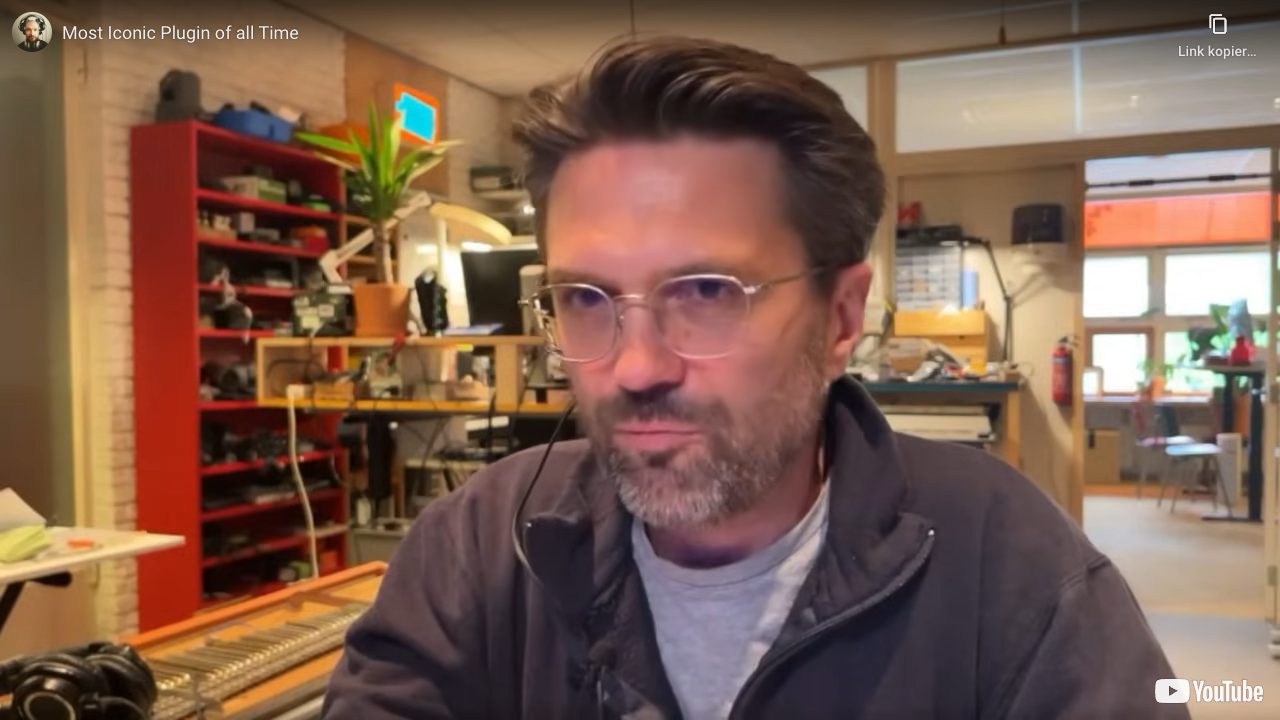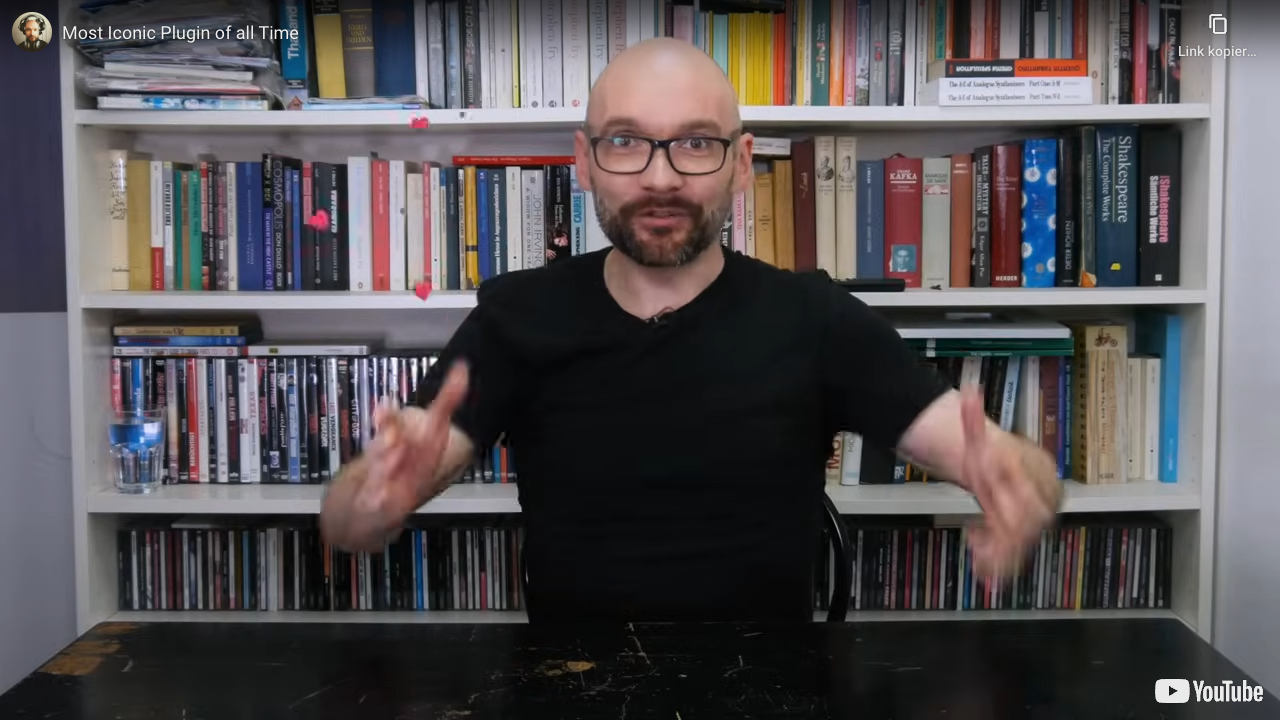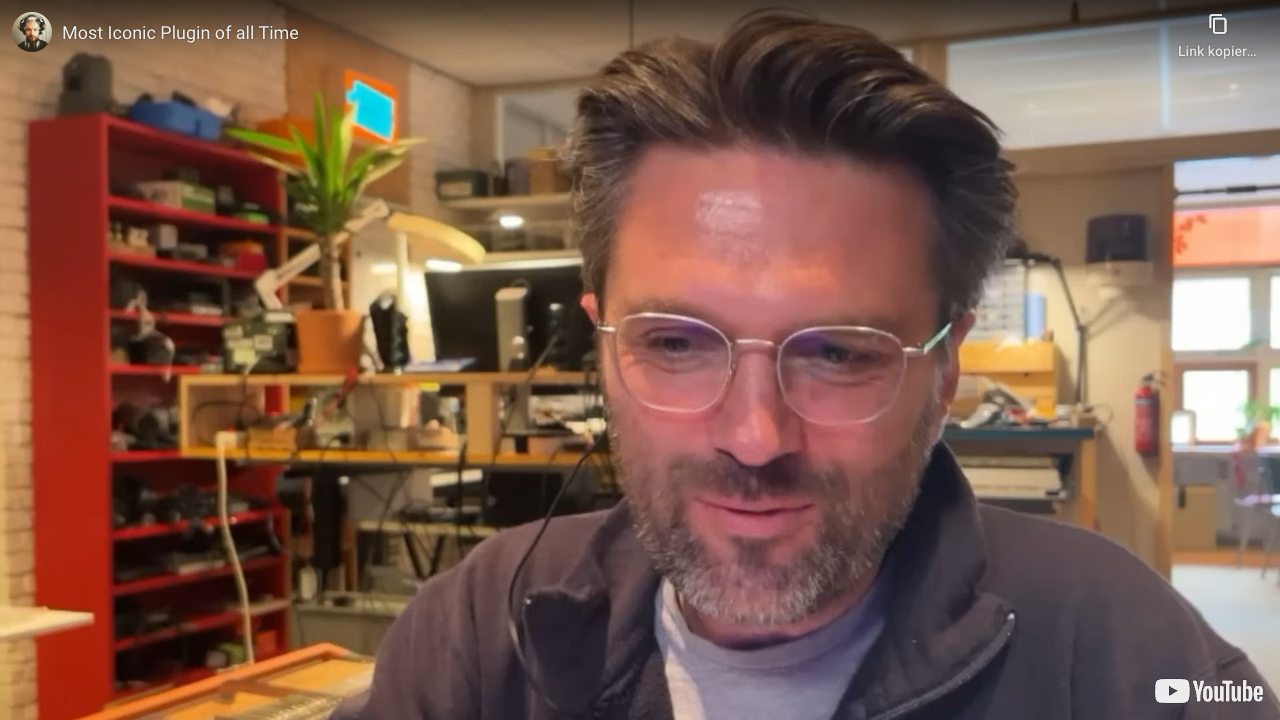In classic AudioPilz style, Florian Pilz takes us on a wild ride through the history, impact, and quirks of D-Lay Llama—the most iconic singing monk plugin you never knew you needed. With humour and insightful commentary, discover how this cult favourite has resonated through game music and meme culture alike, keeping its ancient tech relevant today. Come for the laughs, stay for the lore!

The Singing Monk's Reverberating Legacy
If you thought VST plugins were all about serious audio manipulation, think again. Enter D-Lay Llama, the quirky darling of the plugin world, unleashed from the minds of university students in the early 2000s. Florian Pilz, our Austrian maestro of mechanical madness, delves into this peculiar VST’s backstory, comparing its cultural impact to that of audio heavyweights like Serum. Who could have guessed that a software creation from Audionerdz could leave such an indelible mark on the world’s eardrums? Snapping at the heels of mainstream fame, D-Lay Llama found itself alongside the likes of Timbaland and Madonna, running wild through pop and game soundtracks alike. “This tale,” Florian declares, “is a love letter to D-Lay Llama.”

"This is a love letter to D-Lay Llama."
A Punk Monk in Meme Culture
D-Lay Llama is not only a musical oddity but also a meme culture phenomenon. From the vibrant corridors of ‘Lessons in Meme Culture’ to the revered pages of ‘Know Your Meme’, this VST has popped up in all the digital nooks and crannies. Pilz takes us on a trip down memory lane—when internet users revelled in the novelty of a singing monk gracing anime theme songs on platforms like Nico Nico. It’s like spotting a punk rocker in a corporate meeting, unexpected and odd, yet somehow it fits right in. The clip’s resurgence in popularity was sparked by the whimsical chaos of YouTube algorithms, bringing the monk back into the limelight with an avalanche of cover videos. It’s a testament to how this extraordinary plugin keeps bouncing back from oblivion.
Behind the Monk: The Creative Brains

"Arian the RDOE guy he really taught us about how good it is to really really finish something."
To unravel the enigma of D-Lay Llama, Pilz chats with one of its original creators, Steve Crosswick. Born from an audio design course project, its creation was almost serendipitous. The fact it even came to exist seems destined, as the students had to bring their wild idea to life in order to graduate. Florian captures the essence of D-Lay Llama’s design – a nifty play on formant synthesis wrapped in the guise of a Buddhist monk. These students were ahead of their time, tweaking what could have been a throwaway concept into the polished gem it became. The plugin’s sustainability is largely attributed to its polished execution in C++, aided by mentorship from audio wizards who helped them refine their creation.
Chanting Through Challenges
Despite its age, D-Lay Llama remains a cherished relic amongst fans of musical eccentricity. But as with any punk gig, tech complications have taken their toll. Pilz addresses the elephant in the room: the plugin hasn’t seen an update in years, remaining locked in its 32-bit only, Windows-friendly state. This hasn’t deterred its dedicated followers, who creatively hack their setups to keep it alive. The fact that it found a spot in the Splatoon soundtrack and inspired spin-offs like Brother Gregory in Q-basis speaks volumes about its enduring allure. Yet the bizarre brainstorm of a potential fart synthesizer from these creative minds reminds us that D-Lay Llama’s charm is in its playfulness as much as its sound.
Tech Love in the Psytrance Community
Now, let’s take a breather and explore the tech specs—a formant synth that mimics the peaks of human vowels, all intricately designed yet deceptively simple. Florian illustrates the ease of manipulating the monk’s chants through midi control, pitched with a cheeky drag on the Tibetan flag or twiddling with its various parameters. A lingering question remains for Pilz and the fans alike: will there ever be a contemporary update? As the plugin wades through its own antiquity, it still finds waves of adoration in the psytrance community—a true testament to its genres-spanning influence.

"Apparently there were festivals that year in the summer where just entire evening was all D-Lay Llama."
The Future of Iconic Software
In the concluding chords of his video, Pilz toys with the tantalising idea of a hardware reincarnation for D-Lay Llama. As dreamy as it sounds, Florian’s musings tap into a communal wish for a version that offers cross-platform support and modern features. While we wait, the enduring mystery and unmatched humour of D-Lay Llama serve as both a historical artefact and a playground for future tech enthusiasts. Florian’s portrayal is a spirited call to action for the preservation and evolution of this digital oddity, a snapshot of the inventive joy that defined the early 2000s plugin scene.
Latest articles
Watch on YouTube:
https://www.youtube.com/AudioPilz
Links from AudioPilz: